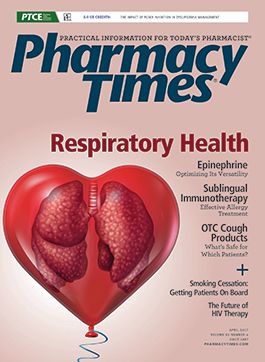Publication
Article
Pharmacy Times
Smokers Remain Underscreened for Lung Cancer
Lung cancer screening rates among this high-risk population remained alarmingly low.
In 2013, the United States Preventive Services Task Force (USPSTF) recommended that all patients aged 55 to 80 years with at least a 30 pack- year smoking history be screened for lung cancer using low-dose computed tomography. Several years later, however, lung cancer screening rates among this high-risk population remained alarmingly low, according to the results of a recent study.
The study, conducted by American Cancer Society investigators and pub- lished in JAMA Oncology, compared National Health Interview Survey responses from 2010 with those from 2015, focusing on patients who met the requirements for screening under the USPSTF recommendations. The researchers found that despite the recommendations, only 3.9% of eligible patients were screened in 2015 com- pared with 3.3% in 2010. Based on their analysis, the study authors determined that only 262,700 current and former smokers were screened in 2015 out of 6.8 million eligible patients.
“The reasons for the low uptake in screening are probably varied and likely include lack of knowledge among both smokers and doctors as to screening recommendations as well as access to high-quality screening,” said Ahmedin Jemal, DVM, PhD, in a press release. “Our previous study showed implementing quality screening broadly across the United States could prevent about 12,000 lung cancer deaths every year in the short term. But we cannot prevent those deaths until, and unless, we start educating eligible smokers as well as clinicians about the benefits and risks of screening so patients can make an informed decision.”







